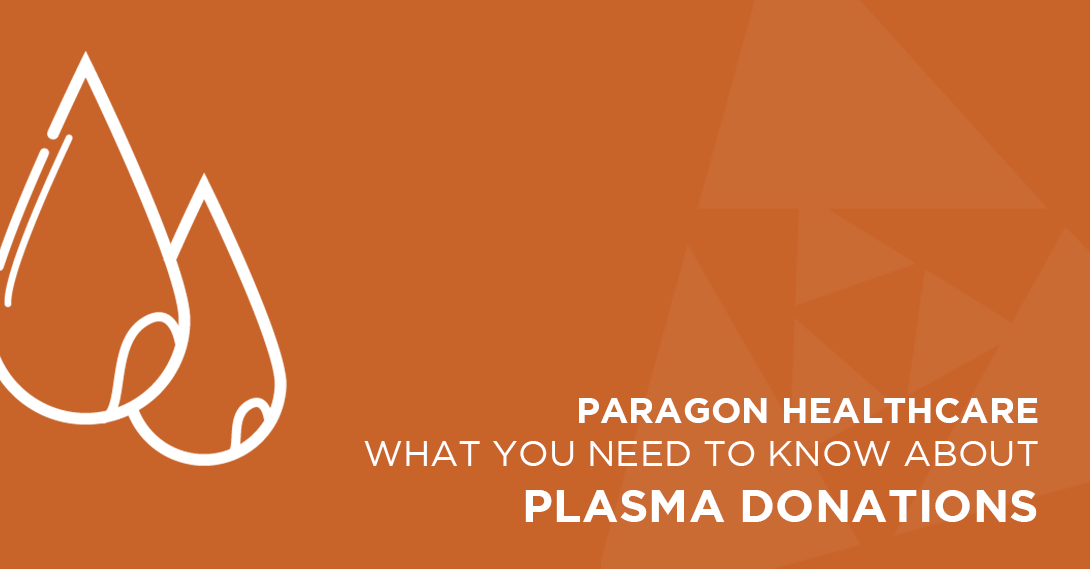Fun fact: It takes donations from thousands of donors to make IVIG!
After receiving a plasma donation, laboratories intensely screen the plasma for blood-borne illnesses such as HIV, hepatitis, and so forth. If a blood-borne disease is found, the plasma is destroyed. Even though this in-depth screening process may decrease the amount of available plasma, it is necessary to keep the people who need this medicine safe.
Donating plasma, like donating blood, is safe but could result in minor side effects. Since plasma is made up of mostly water, sometimes a person could get dehydrated after donation. This side effect is usually not severe. Donors could feel dizzy or lightheaded after donation since plasma is rich in nutrients and salts. Loss of nutrients and salts can also cause a feeling of fatigue but subsides soon after. The most common side effect of donating plasma is bruising and/or discomfort at the site where the needle enters the skin. For many, bruises will go away within a few days or weeks.
The sad truth is that many people are eligible to give plasma, but only a small percentage actually donate. Be the change! Contrary to what you may believe, plasma donations do not take all day long. You can be in and out of the donation center in about 2 hours for the first donation and about 45 minutes for each time after that. Eligibility for donation may vary by each plasma donating site, but most require the donor to be at least 18 years of age and weigh at least 110lbs. The donor will need valid identification and will be required to complete an eligibility screening. In some instances, you could even be paid for your donation!
It is easy to find a plasma donating center, thanks to internet searching. The American Red Cross accepts plasma donations as well as BPL Plasma centers. Some drug manufacturers such as Grifols, Octapharma, and CSL host their own plasma donation sites. However, the easiest way to find a center is to visit www.donatingplasma.org and type in your location.
To learn more about the plasma-based therapies that Paragon provides, such as bleeding disorder therapies or immunoglobulin therapies, please reach out to us at [email protected].
For more information about Paragon Healthcare, visit our website at https://paragonhealthcare.com/.





